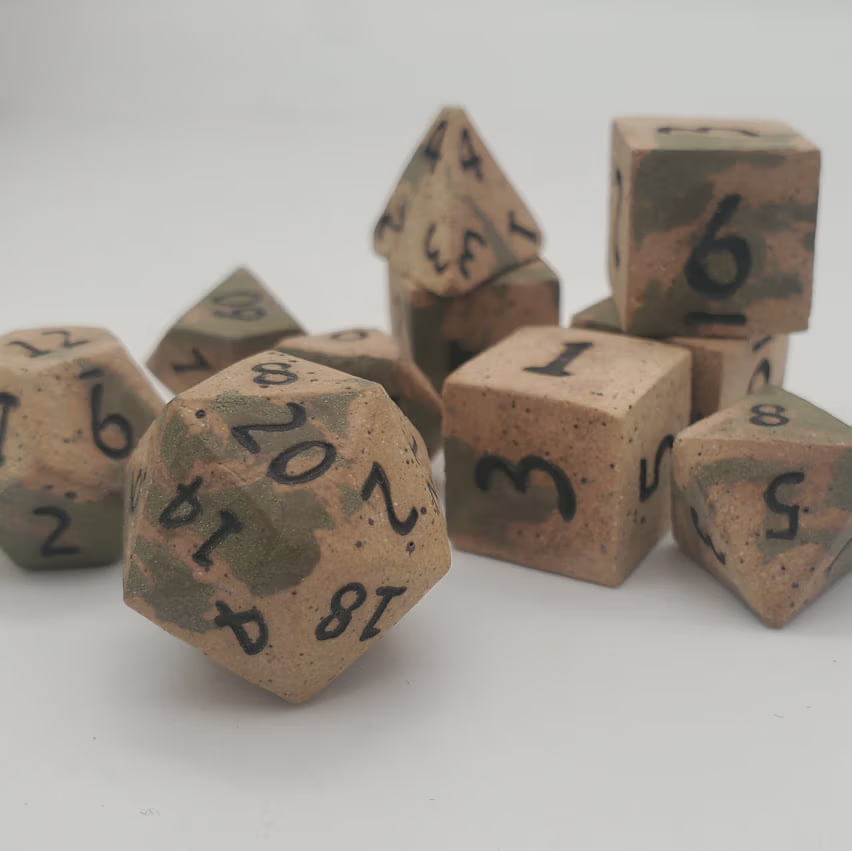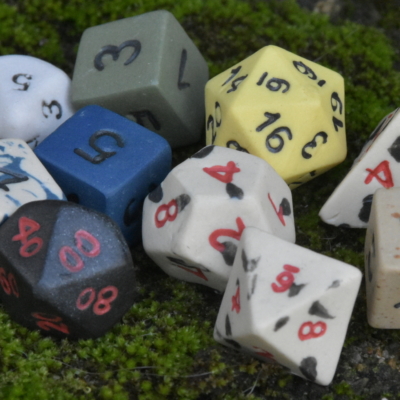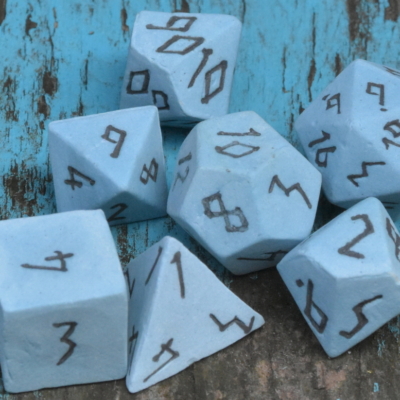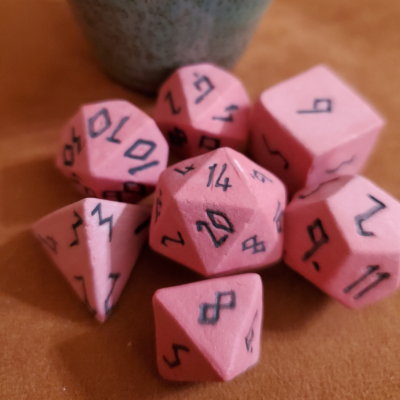Exploring the Role of Alignment in Character Development: Gold Dragonborn Wizard’s Journey
Alignment plays a crucial role in shaping a character’s personality, decisions, and interactions within the vast world of tabletop games like Dungeons & Dragons (DND). For those new to the realm or seasoned adventurers alike, understanding alignment is pivotal. It not only guides roleplay but also enriches storytelling, making every campaign memorable.
Understanding Alignment in DND
In DND, alignment serves as a moral compass for characters. The traditional alignment chart consists of nine possible alignments that blend ethical perspectives with moral outlooks. These range from lawful good to chaotic evil. For our Gold Dragonborn Wizard, an intriguing character class that melds innate magic with draconic heritage, alignment influences spell choices, alliances, and rivalries.
Tips for Beginners
- Start simple: Choose a basic alignment that resonates with you personally.
- Experiment: Try different alignments across campaigns to find what suits your playstyle.
Advanced Strategies
- Complex Characters: Delve into duality by playing characters who wrestle with their alignment.
- Story Integration: Use alignment shifts as critical plot points in your campaigns.
The Gold Dragonborn Wizard’s Path
The Gold Dragonborn is known for its regal bearing and affinity towards lawful good tendencies. As wizards, they master arcane arts while upholding justice and knowledge. Their journey often involves balancing personal power with broader ethical duties.
The Moss Druid Ceramic Dice Set, crafted with precision and artistry akin to a wizard’s spellbook, is perfect for casting spells imbued with nature’s essence – ideal for any tabletop adventure where character development takes center stage!
Final Thoughts on Alignment
Whether you’re breathing life into a noble paladin or mischievous rogue, embracing your character’s alignment adds depth to your narrative arc. It informs decision-making processes during gameplay and molds relationships within the party dynamics. Alignments can evolve based on experiences within the game world—making them dynamic components of storytelling rather than static labels.
-
Extended 10 Set Blind Bag of Ceramic Dice Set
Select options This product has multiple variants. The options may be chosen on the product page -
Runic Windcaller Ceramic Dice Set
Select options This product has multiple variants. The options may be chosen on the product page -
Runic Pink Delight Ceramic Dice Set
Select options This product has multiple variants. The options may be chosen on the product page





